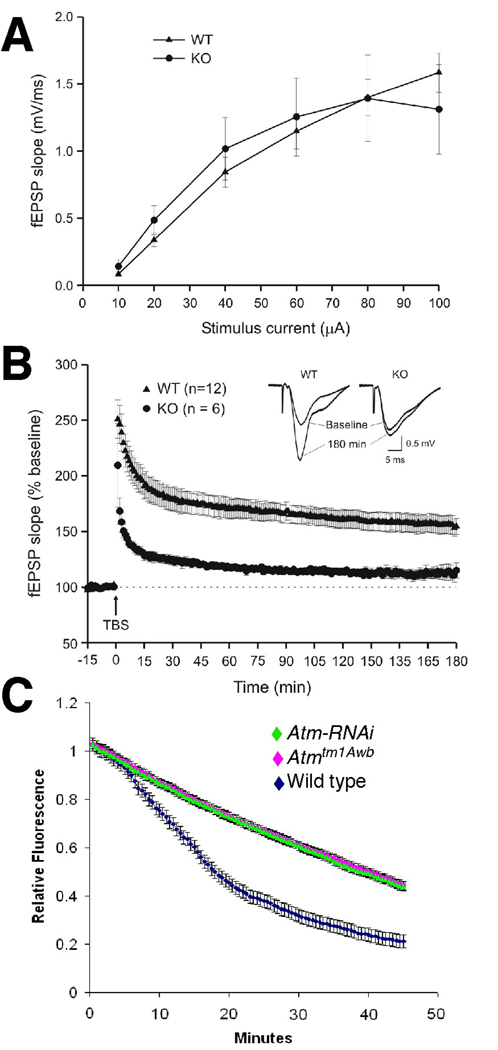Figure 2. LTP and synaptic vesicle recycling are defective in ATM-deficient brains.
A) Input-Output relations showing that baseline transmission was not significantly different between wild-type and Atmtm1Awb mice. B) Schaffer collateral LTP is dramatically reduced in Atmtm1Awb mice. The time course of LTP elicited by TBS stimulation shows the expected increase in the fEPSP slope (156 ± 8.1% measured at 175–180 min after TBS stimulation, n = 12) in wild-type slices but not in slices from Atmtm1Awb mice (113 ± 5%, n = 6; p < 0.01). Inset: sample fEPSPs from wild type (WT) and Atmtm1Awb (KO) recordings illustrating the different responses to TBS stimulation. C) Analysis of the FM4-64 dye release kinetics is less rapid in ATM-deficient cells. In cultures that lack ATM (siRNA, red; Atmtm1Awb, black), spontaneous release kinetics are slowed compared to wild type (blue). While 60% of the FM4-64 dye is lost after 25 min from wild type cells, in the same period of time siRNA-treated or Atmtm1Awb neurons lose only 30% of their dye (N=6, p< 0.01).

